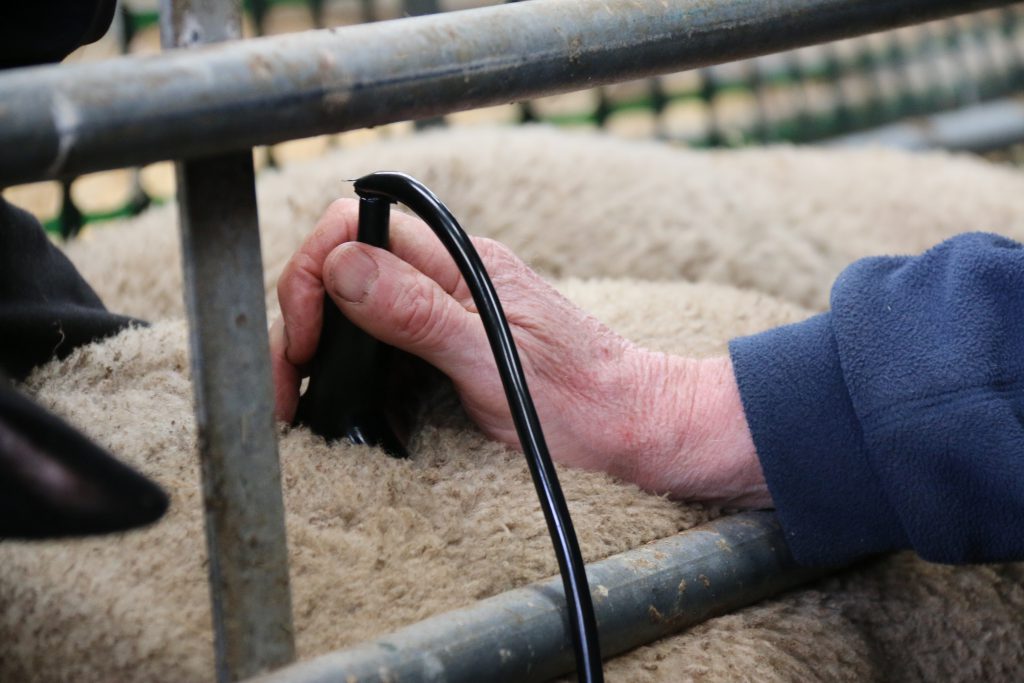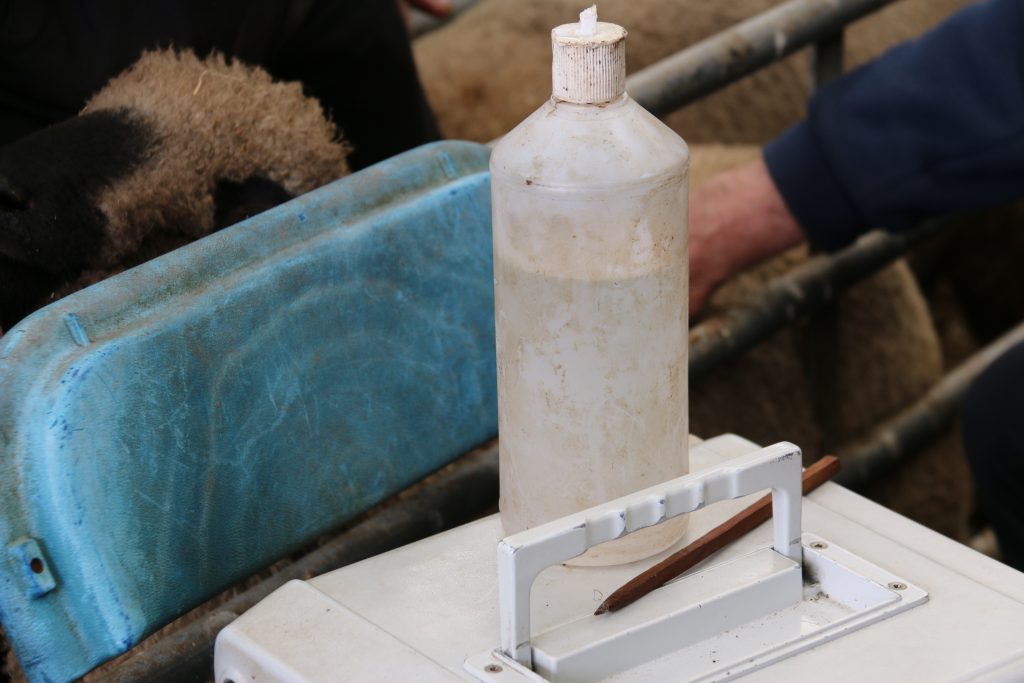Northern Ireland sheep farmers have said the Republic is “light-years ahead” in terms of its support and approach towards ram performance recording.
Frustrated farmers called for support similar to the Sheep Ireland programme available in the south.
Speaking from the floor at the Hampshire Down ‘profitable sheep farming’ event, one commercial breeder said he would like to record but added that there needed to be more support available to cover the cost.
Sheep genomics is based on the same system already frequently used by dairy breeders to select breeding sires; it’s promoted as a way of adding value to high-performing rams. However, the uptake has been low in Northern Ireland.
The idea is that evaluation would allow farmers to make an informed decision on which ram to purchase, driving more efficient lamb production.
Support in the Republic
In the Republic of Ireland, this is available through the Ovigen Project, which is being run by Teagasc and Sheep Ireland at a subsidised rate and was previously available free of charge.
The Irish government set aside around €500,000 (£440,000) for a sheep breed improvement programme – Sheep Ireland.
As part of the Sheep Technology Adoption Programme (STAP), commercial farmers were required to buy a high-index ram which encouraged more breeders to join the project.
William Tait – who works as a scanner – owns what is thought to be one of the only Suffolk flocks recording in Northern Ireland.
The Omagh man keeps around 70 ewes but said he wouldn’t consider stopping recording his rams’ performance.
“We were involved in it from back in the 1980s. I think it’s because flocks are small, it can feel difficult to justify the cost of it,” he said.
There is very little interest from the commercial sector, but it gives them figures that show which rams are proven to produce lambs with higher growth rates and better killing-out percentages and it will put money in their pockets.
“I’ve been at it for so long and I’ve built up a good history of it – the longer you are at it, the more your figures build up.
“It’s a lot to do with the history of the animal as well as its individual figures; you get more value from it the longer you are at it.”
Speaking at the event Eileen McCloskey said Northern Ireland’s sheep industry needed to get “up to speed” with the likes of the dairy industry.
“A ram or sheep can look well but the thing that is going to impact its performance and what they do for you on your farm is the genes – it’s genetic – and that’s really what we have to focus on and drive forward,” she said.
“You don’t have to do that and lose physical characteristics – you can definitely do both.
“Unfortunately, the sheep industry here seems to focus on physical characteristics and put genetics to one side, but lamb numbers; growth weights; weight gain – that’s what drives profit.”



